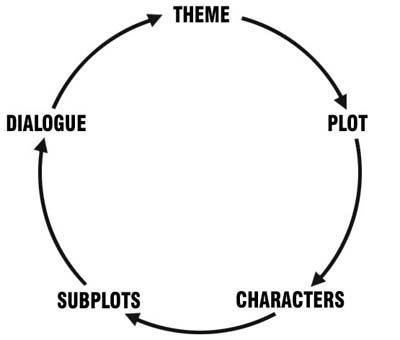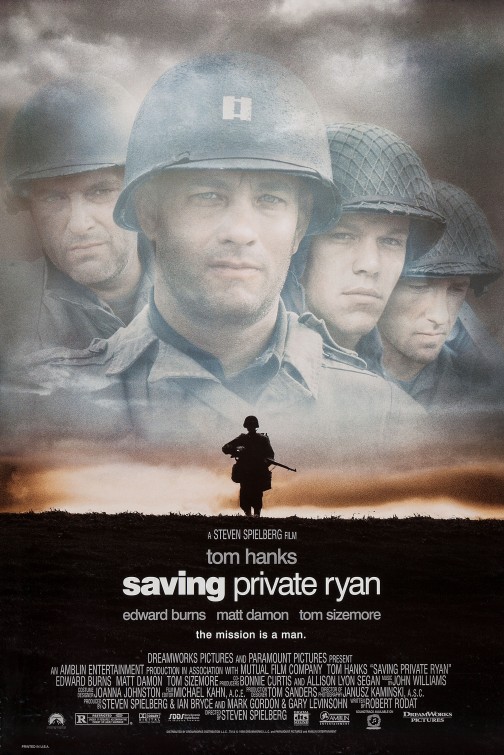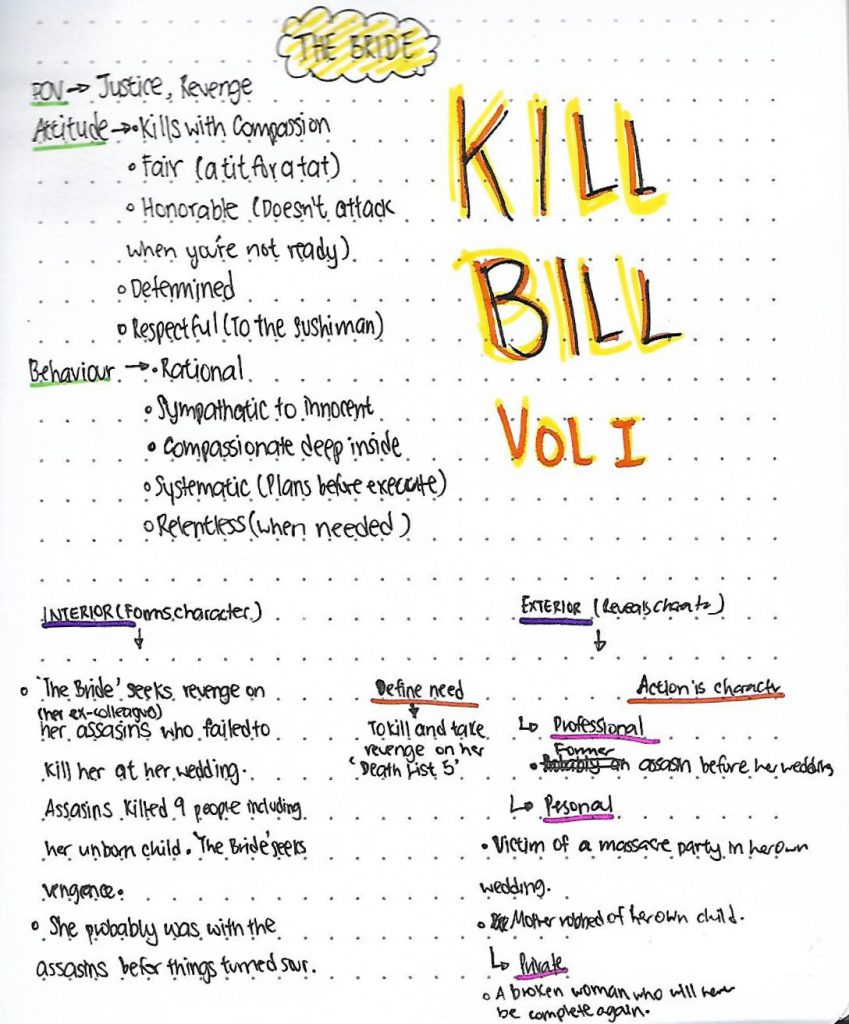Theme
Theme = Emotion = Audience Connection
Theme is not a one-word explanation like ‘Happiness’, as it doesn’t tell much about the film.
For instance, the movie that captured our hearts and made me into a sobbing mess in the theaters: Inside Out
The overall theme for the movie is :
‘Sadness is required to make Joy better’
Having a good theme would not only make emotional connections with your audience better, but also the message stays rooted in the audience’s mind after the movie.
A Theme = The Controlling Idea = The Message
The controlling idea is that everything (Dialogue + Scene +Props tie down to 1 idea.)

It is also essential that the Theme of the movie/film CANNOT have Conflicting Themes! For instance, Riley in the movie Inside Out cannot talk about politics in the film because it has 0 relevance to the theme of the film and that it will confuse the viewers. Thus it is important that when setting the theme for a film, we ought to revise the circle above to ensure that our themes and subthemes in the film are not conflicting.
Another example is used to figure out the theme of the local film during lesson:
Singapore Dreaming (and yes… the entire film is available on YouTube YES~)
The themes the class has contributed for this film is :
- Limbo of common folks to be the elites
- The pursuit of wealth + success (Paper Chase)
- Gender Roles in Asian context (specifically Singapore)
- Negativity is transmittable
- The need for upward social mobility
- Ego is what breaks relationships.
What are other ways for us to present our themes for films?
- Through Characters, it embodies the theme.
- Motifs
- Dialogues
- Setting
Using Characters- Alfred Hitchcock’s Rear Windows

Using characters, this film illustrates the urban relationship behind closed doors. The main character sees the real bitterness of his neighbors through his own window.
Theme?
You will not know how person feels or think on the inside, and the exterior image they show you may be just a façade to hide their true feelings and emotions.
Choice of music in this film also shows the theme of this film, which evokes fragility & loneliness exhibited by characters in this film.
Using Motifs – Saving Private Ryan

In the film, there is a scene where the colonel was directing his troop towards his map as to where Ryan can be found. In the midst of explaining, the compass in his hand was shaking. The soldiers looked at the colonel’s hand and gave him a warm smile before the proceeded to look for Ryan.
The motif in this film is the Compass.
The colonel was nervous about the search or was suffering from physical injury from the war, but still insisted to search for Ryan with his entire troop. In the process, there was this conflicting moral ambiguity he was battling. The shaking compass was a motif to show the moral compass of the colonel along with the troops.
Theme?
Is it worth giving up the entire forest for a single tree?
Yit Ling, Clara and I (Group mates for Final project in Sem 1 <3) went to watch The Silence of the Lambs afterwards to try to apply what we have learnt during lesson, and sieve out the themes involves in this movie.

Themes?
Hence, a Theme is consistent throughout a movie and it sets the overarching story of the entire movie; the lesson learnt at the end of the movie.

 This is the dissection of ‘The Bride’ in Kill Bill Volume I I have attempted in. 🙂
This is the dissection of ‘The Bride’ in Kill Bill Volume I I have attempted in. 🙂